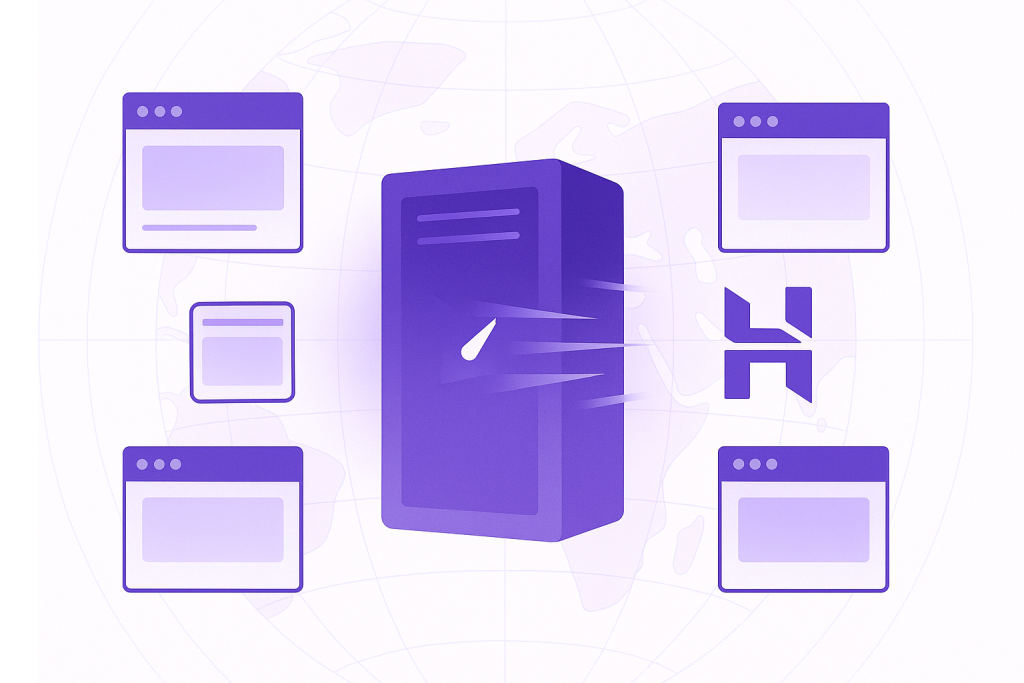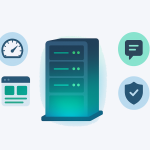In the crowded and often confusing world of web hosting, Hostinger has carved out a unique and immensely popular niche. For years, the conventional wisdom dictated that if a hosting plan was extremely cheap, the performance—speed, uptime, and support—would inevitably be poor. Hostinger has spent the last few years challenging that notion, growing from a Lithuanian startup into a global giant powering over 29 million websites across 178 countries.
Hostinger’s primary appeal is its price point, frequently advertising shared hosting plans for under $3 per month. The central, honest question every prospective user must ask is this: Is Hostinger a genuine game-changer that makes high-performance hosting accessible, or is it merely a well-marketed ‘cheap hosting trap’ with hidden compromises?
This comprehensive review dives deep into the architecture, performance metrics, pricing structure, and user experience of Hostinger in 2025 to give you the honest verdict.
Part 1: The Hostinger Pricing Model and Long-Term Value
Hostinger is undeniably one of the most affordable options available, but understanding its pricing strategy is crucial for long-term budgeting.
The Introductory Bait: Unbeatable Entry Pricing
Hostinger’s marketing focuses heavily on its exceptionally low introductory rates, typically seen with long-term commitments (48 months).
| Plan Tier | Introductory Price (48-Month) | Key Features |
|---|---|---|
| Single Web Hosting | $1.99/mo | 1 Website, 50GB SSD, Free SSL. |
| Premium Web Hosting | $2.99/mo | 100 Websites, 100GB SSD, Free Domain, Free Email, Weekly Backups. |
| Business Web Hosting | $3.99/mo | 100 Websites, 200GB SSD, Daily Backups, Enhanced Resources. |
This pricing structure positions the Premium Web Hosting plan as the sweet spot for the vast majority of users. For an extra dollar a month over the basic tier, you gain the ability to host multiple websites, get double the storage, and secure a free domain registration and regular weekly backups—features that dramatically increase the plan’s utility.
The Renewal Cost Reality Check
Like all major shared hosting providers, Hostinger adheres to the industry-standard practice of steep renewal rate increases. While the introductory price is aggressively low, expect the renewal cost to jump significantly once the initial term (typically 48 months) expires.
Budgetary Consideration: Users must understand that they are paying a subsidized rate for the first few years. If you rely on Hostinger long-term, ensure their standard renewal price is manageable for your business. For instance, a plan starting at $2.99/month might renew closer to $7.99-$9.99/month. Even at the renewal rate, Hostinger often remains competitive or cheaper than the introductory rates of premium hosts, but the difference between the initial cost and the final cost is jarring if you haven’t budgeted for it.
Part 2: The Performance Factor (LiteSpeed and Global Reach)
This is where Hostinger truly separates itself from other budget-focused competitors and delivers performance typically associated with mid-tier or even premium hosts.
1. LiteSpeed Web Server (LSWS)
Instead of relying on the older, more resource-intensive Apache server software used by many established hosts, Hostinger leverages the modern LiteSpeed Web Server (LSWS) across its shared and cloud plans.
- Speed Advantage: LiteSpeed is famously efficient, capable of handling significantly more traffic with less CPU and RAM consumption than Apache. This results in faster page delivery times and superior stability during moderate traffic peaks.
- LSCache Integration: Hostinger integrates the free LiteSpeed Cache (LSCache) plugin for WordPress, which operates at the server level. This advanced caching mechanism is superior to most user-installed caching plugins, directly contributing to the fast load times.
2. Speed and Uptime Metrics
Independent testing consistently shows that the combination of LSWS and SSD/NVMe storage allows Hostinger to punch above its price class:
- Average Load Time: With caching enabled, sites hosted on Hostinger often achieve average load times around \text{\~}450\text{ms}. For budget shared hosting, this is an excellent result that puts it in the high-performance category.
- Uptime Reliability: Hostinger maintains a reliable 99.96% average uptime. While not an industry-leading 99.99%, this is comfortably above the critical 99.9% threshold and is more than dependable for small to mid-sized websites and e-commerce stores.
3. Global Data Centers
Most shared hosts are limited to one or two data centers (usually US and perhaps one in Europe). Hostinger boasts a wide global network, including data centers in:
- USA
- UK
- Singapore
- India
- Brazil
- Netherlands
Strategic Benefit: This allows users to host their website geographically closer to their target audience, which significantly reduces network latency and speeds up content delivery—a massive advantage for international businesses, bloggers, and anyone targeting non-US markets.
Part 3: The User Experience (The hPanel vs. cPanel Debate)
For decades, cPanel has been the industry standard for web hosting management. Hostinger made a strategic decision to develop and use its own proprietary control panel, known as hPanel.
hPanel: Pros and Cons
| Aspect | hPanel (Hostinger) | Traditional cPanel |
|---|---|---|
| Design & Navigation | Clean, modern, intuitive, and mobile-friendly. | Functional but often dated, dense, and overwhelming for beginners. |
| Beginner Usability | Excellent. Features guided setup for WordPress, SSL, and emails. | Requires more technical know-how to navigate. |
| Advanced Tools | Includes built-in performance optimizers and security scanning. | Offers a wider range of third-party tools and raw server settings. |
| Familiarity | Low. Requires a small learning curve for cPanel veterans. | High. The universal standard for experienced hosting users. |
The move to hPanel is a net positive for Hostinger’s primary target market: beginners and non-technical users. It simplifies complex tasks and provides a modern, uncluttered experience. However, veteran developers who are accustomed to finding tools in specific, familiar places within cPanel may initially find the change disruptive.
Part 4: The Critical Cons and Compromises
To achieve its ultra-low pricing, Hostinger necessarily makes a few compromises that potential users must be aware of.
1. The Absence of Phone Support
Hostinger does not offer live customer support via phone. All support is handled through:
- 24/7 Live Chat: The primary channel. Response times are generally good but can degrade significantly during peak hours, leading to long queues.
- Ticket System: Used for complex technical escalations.
For small business owners who rely on instant phone resolution for emergency issues (like a site being offline), the lack of a direct phone line can be a major anxiety point. Competitors like Bluehost still maintain a phone support channel, even if the quality varies.
2. Upsells on Lower-Tier Plans
While Hostinger is transparent about core features, users purchasing the entry-level “Single” plan should note its limitations:
- It is restricted to one single website (no ability to host multiple domains).
- Backups are only performed weekly (you need the Business plan for daily backups).
- The free domain is not included, meaning you must pay separately for the domain name itself.
3. Missing Enterprise Features
Hostinger focuses on the needs of the average WordPress user. You won’t find the highly specialized, enterprise-grade features common in top-tier managed WordPress hosting, such as advanced version control, multi-level staging environments, or integrated Git repositories out of the box.
Final Verdict: Is Hostinger the Smart Choice in 2025?
Yes. Hostinger is arguably the best combination of affordability and performance on the market today.
It is the ideal hosting solution for:
- The Budget-Conscious Beginner: If your primary concern is cost, but you refuse to sacrifice basic site speed and reliability, Hostinger is the undisputed winner.
- International Businesses and Bloggers: The wide network of global data centers provides a substantial speed advantage for sites targeting audiences outside of the US.
- Multiple Project Holders: The Premium plan offers tremendous value for developers or entrepreneurs running up to 100 small to medium-sized sites.
Hostinger manages to blend the accessibility of shared hosting with the speed benefits of modern server architecture (LiteSpeed). While you must accept the trade-off of no phone support and budget for the renewal price jump, the initial value proposition and proven performance make Hostinger a supremely smart choice for launching a reliable website in 2025.



